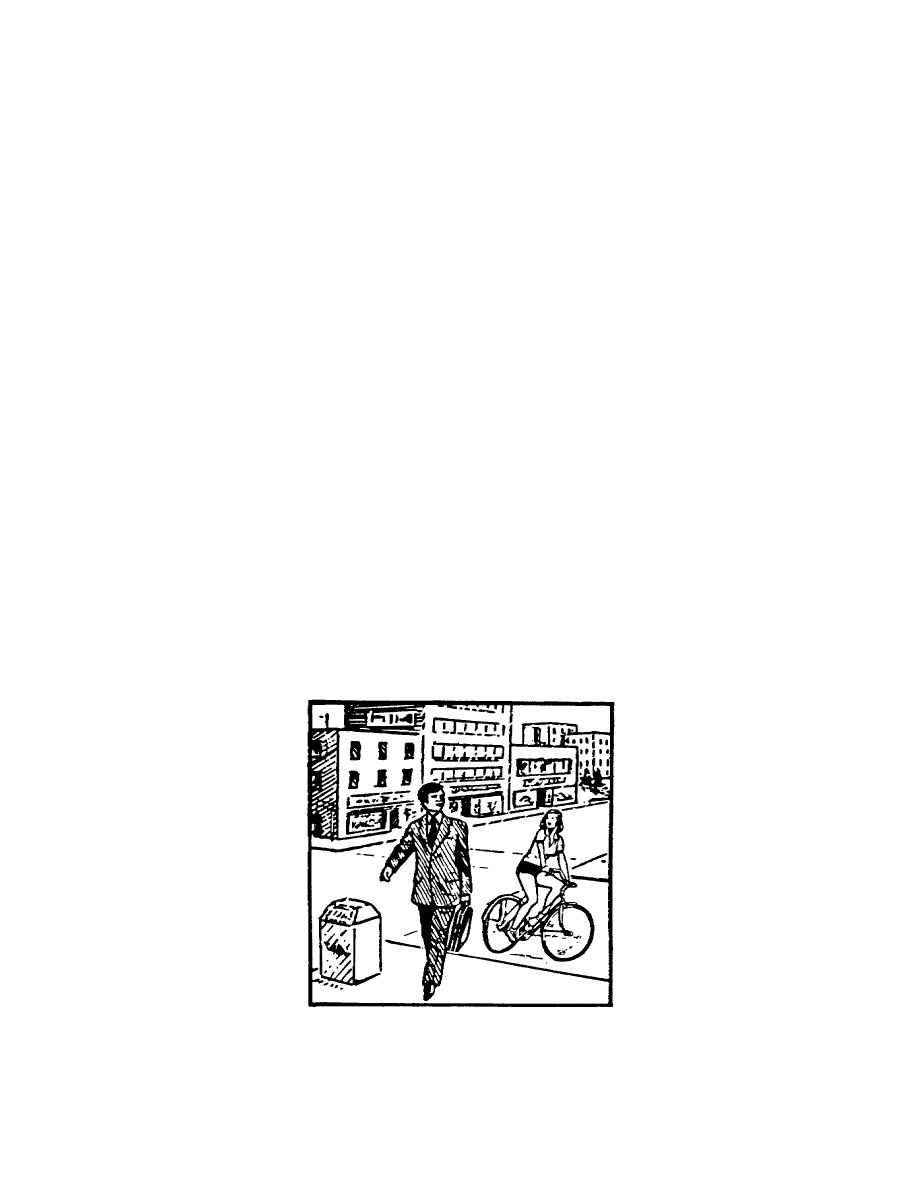
Lesson 4/Learning Event 2
is used in portraiture where the foreground forms a pictorial frame for the
subject.
b. Without foreground, the viewer would be forced to assume the support
and sometimes the height of the subject.
Whenever a viewer is forced to
assume anything, interest is lost.
14. Background. Many photographers overlook the background while composing
the photograph. When the finished print is viewed, however, the viewer will
quickly realize that the background should have been taken into
consideration. This is especially true if the background contains elements
that distract from the main subject.
Through neglect, the background may
destroy the quality of your subject arrangement. Therefore, look beyond the
subject and check the background area.
In some instances the background
will be inappropriate, cluttered, or disorganized. If this is the case, you
will have to exercise background control. This can be done in several ways.
For instance:
a. Move the subject to another location.
b. Change the camera position.
c. Change the camera angle.
d. Remove the objectionable background from the composition.
e. Throw the background out of focus by using a large aperture and or
longer focal length lens (i.e., limited depth of field). When at a loss for
a good background outdoors, get low, tilt the camera up, and use the sky
(fig 4-24).
Figure 4-24.
Distracting background
72



 Previous Page
Previous Page
